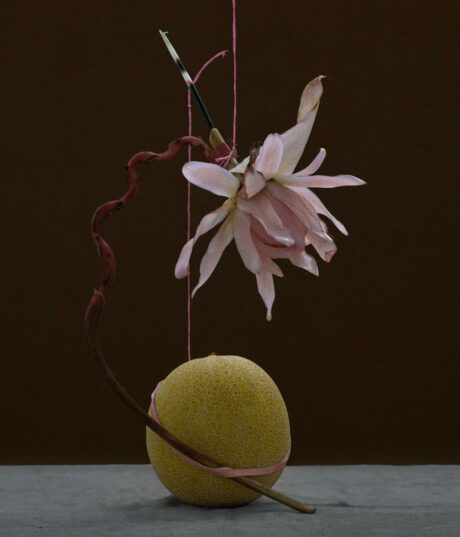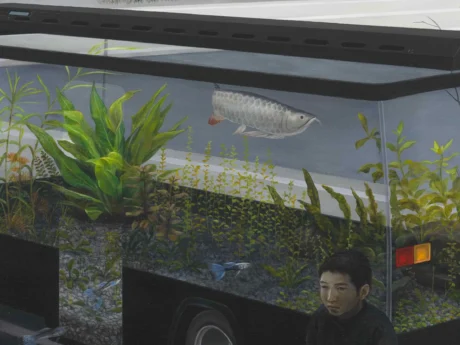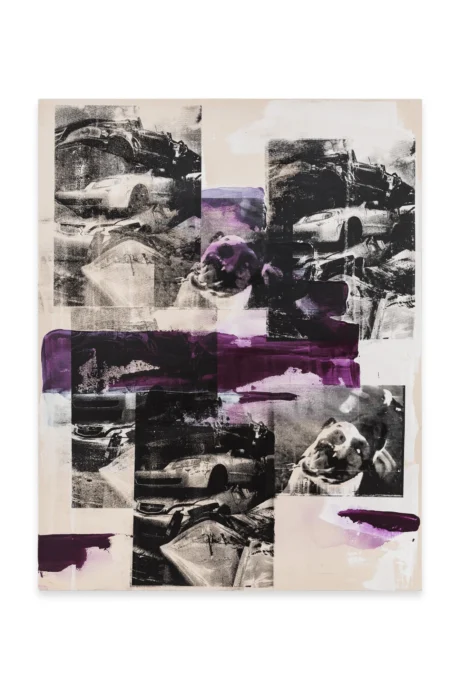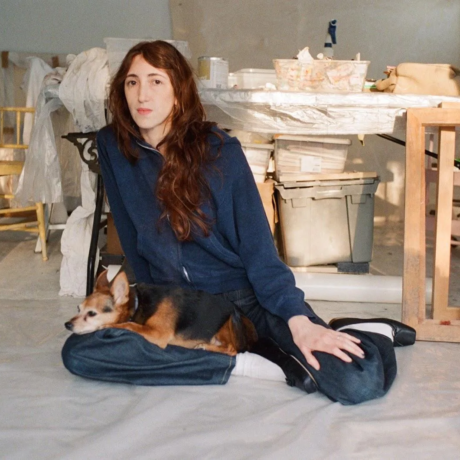Writer Gabriella Angeleti tells Elephant about the iconic ecological artist Agnes Denes’ ongoing piece in collaboration with Tinworks in Montana, and places her review in the context of the artist’s wide-ranging works that respond to a world in crisis.
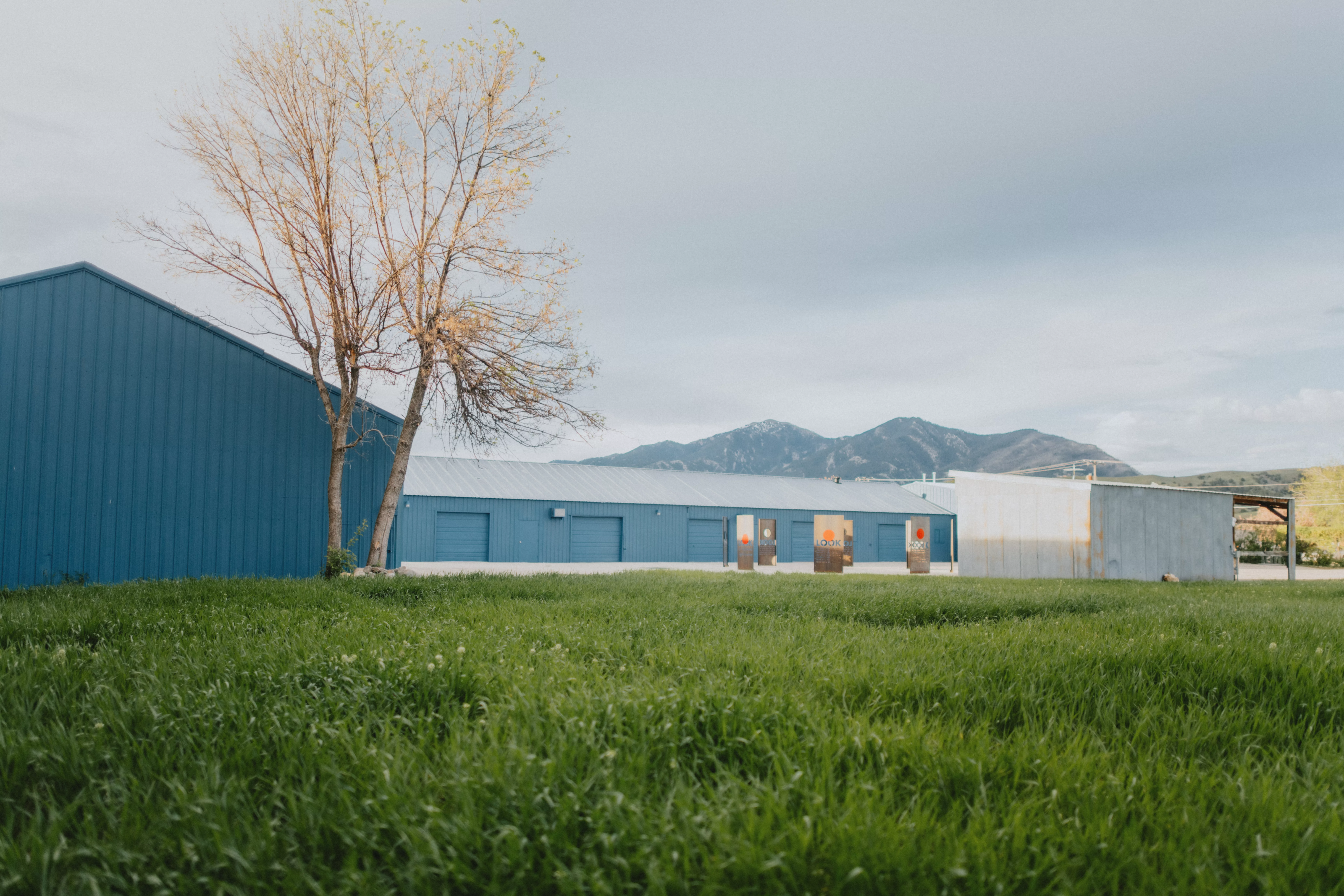
Agnes Denes’ Wheatfield—A Confrontation (1982) has been enshrined in the history of ecological art. A sprawling wheatfield sited across two acres of the former Battery Park Landfill in New York, an area then worth an estimated $4.5 billion, the work sought to “call attention to our misplaced priorities and deteriorating human values,” and prompt viewers to rethink their relationship to food, commerce, world trade and economics, Denes wrote in the Book of Dust: The Beginning and the End of Time and Thereafter (1989).
Although the project once seemed “insane and impossible,” she wrote, in the four decades since it was first completed it has been reprised in various other sites around the world. One of the latest iterations is in Bozeman, Montana, where the artist partnered with the nonprofit arts space Tinworks to create Wheatfield—An Inspiration. The Seed is on the Ground (2024).
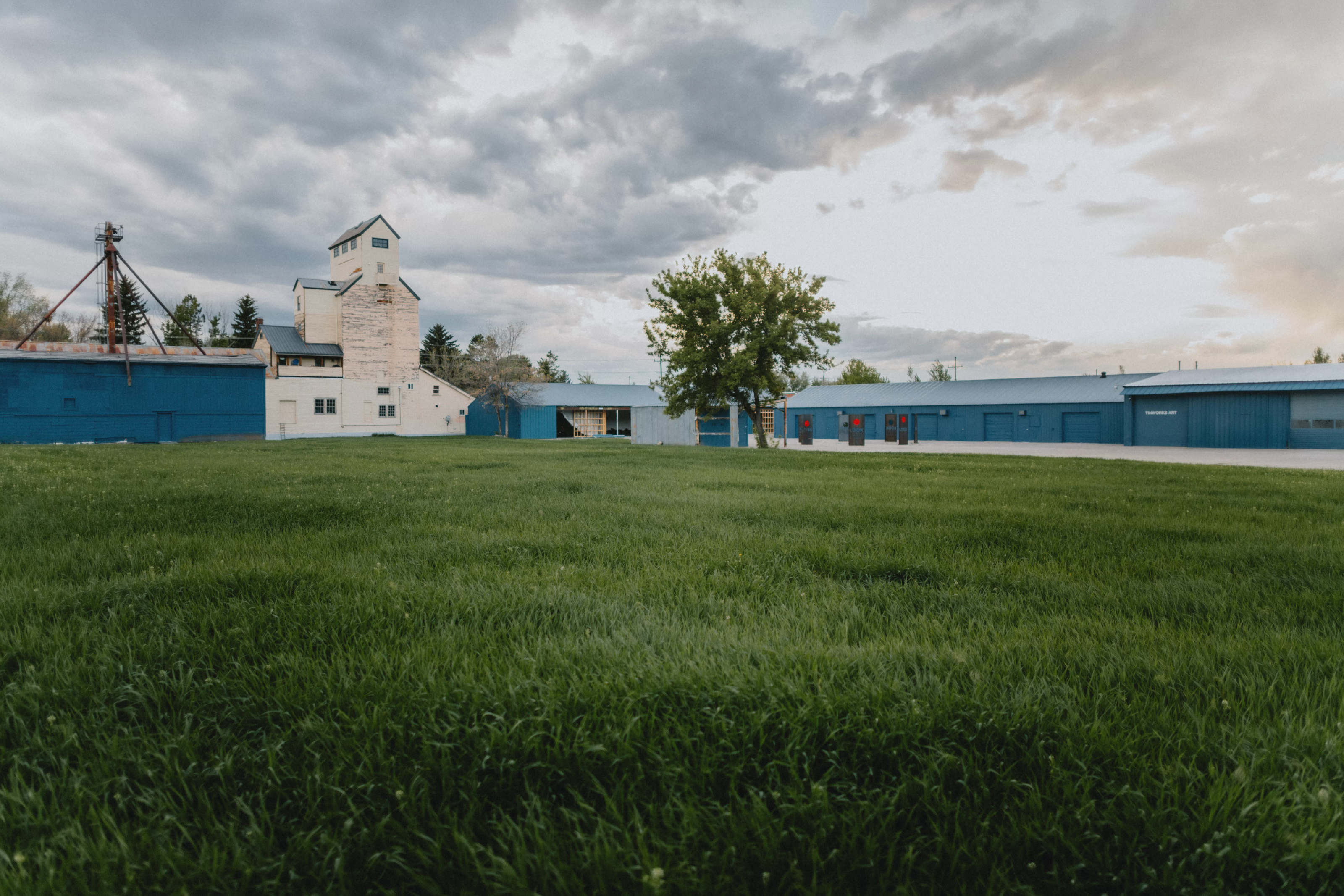
The agricultural farmland in Montana’s Gallatin Valley—where wheat is one of the main economic drivers—has been increasingly threatened by urban development, making the message of Wheatfield particularly pertinent.
Tinworks was established in 2019 in a former tin manufacturing building and comprises a series of complexes and an approximately 1.5-acre field, which are framed against the backdrop of the panoramic Bridger Mountains. Jenny Moore, the inaugural director of the space, first encountered Wheatfield in the late 1990s while living in New York and working at Exit Art, a defunct nonprofit arts space.
“Among the archive of images was that striking image of Agnes standing in Wheatfield in 1982 with the backdrop of the World Trade Center,” Moore says. “This work has lived in my mind for a long time, as it has in the imagination of many of us. But Agnes wasn’t a household name then. I remember seeing this image and thinking: Who is this artist? What is this artwork?”
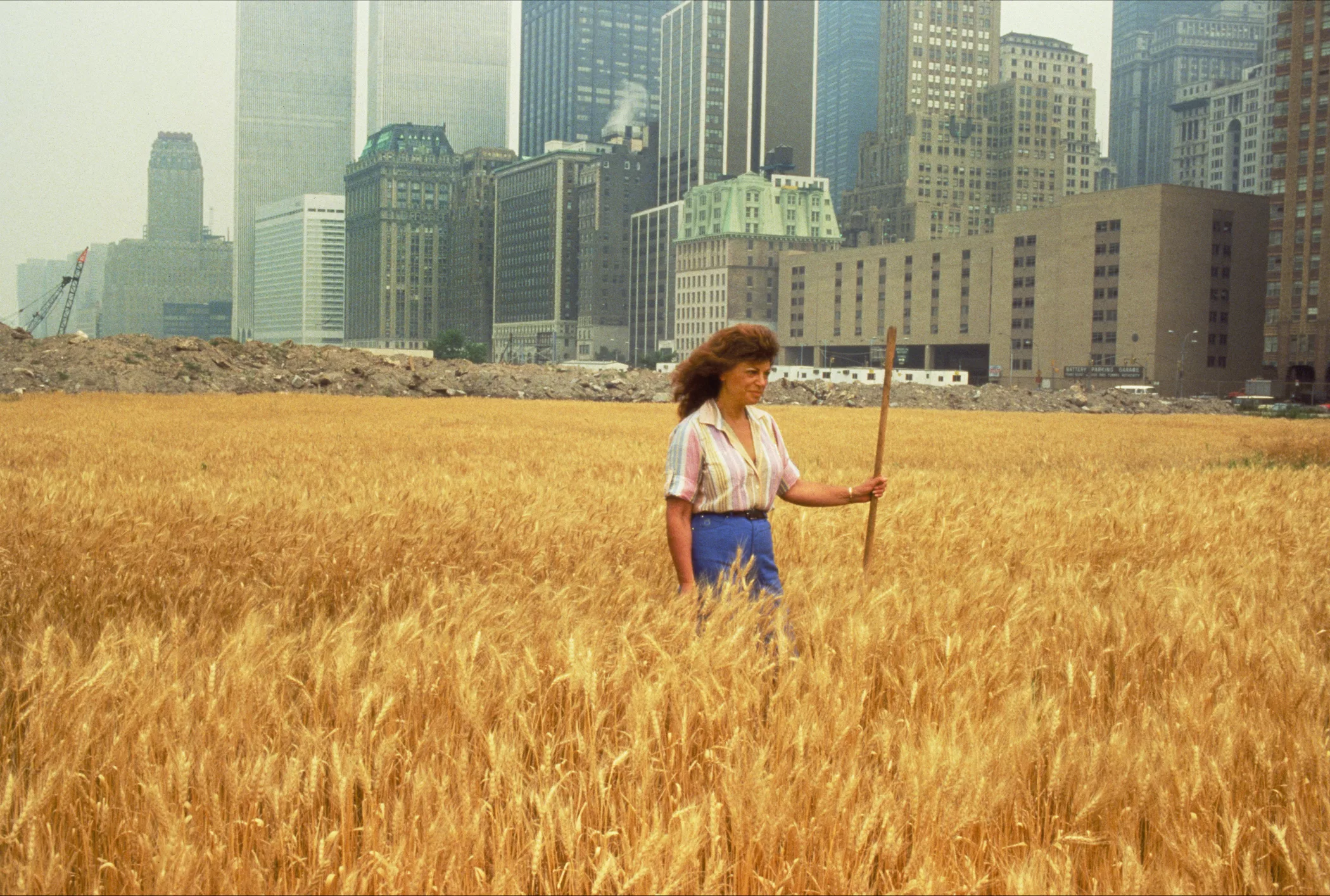
Hoping to bring Wheatfield to Montana, where “wheatfields are always in your visual field,” Moore approached Denes’ dealer Leslie Tonkonow. “I thought Agnes would consider bringing the work here during this dynamic moment of change in the region,” Moore says. “She was incredibly excited and immediately started thinking about how Wheatfield could be different in Montana.”
A fundamental element of the work in Bozeman is Agnes’ invitation to the community to take part in the project. The addition of the word “inspiration” to the title references both the status of the work in the history of environmental art and more specifically how it aims to resonate with the local community.
“There were times where I asked whether or not doing Wheatfield here was a little too on the nose, since wheatfields are such a familiar presence,” Moore says. “But, in fact, it’s created this dynamic where people in particular communities or industries are coming together in a creative way and having conversations that could be difficult to have in other contexts, like concerns around sustainable food production and small-scale urban farming.”
Kenny Van Dyke, an independent farmer working in Bozeman and northern Montana, partnered with Tinworks to plant the wheatfield. Van Dyke focuses on regenerative farming—a farming method that aims to cause minimum disturbance to the soil, which makes the soil healthier long-term by rebuilding the natural biology of the earth. Van Dyke primarily leases the land that he farms, the terms of which are precarious as available land is increasingly sold to developers.
“When we first were introduced to the project, I definitely was a little skeptical and probably not super open-minded about it. Like, we’re making a wheatfield for art?” Van Dyke says. “But then everyone was so kind and excited about it, and that in turn made me excited because I could share my knowledge and explain why things are the way they are. The art part is hard to wrap my head around still, but what is interesting is that it does open people’s minds.”
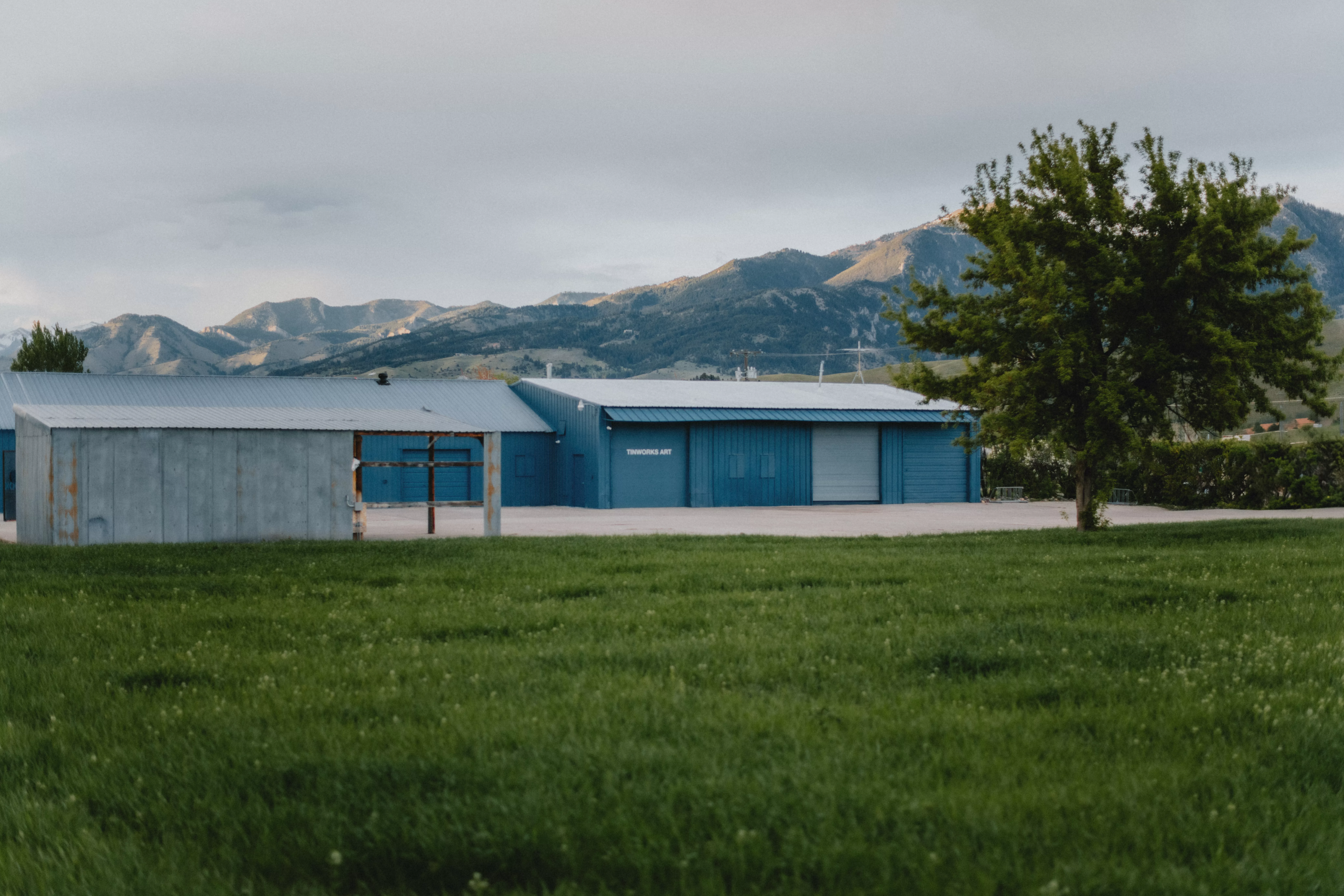
Tinworks partnered with Montana State University (MSU) to seed the field with an engineered wheat variant known as Bobcat Winter Wheat, one of two wheat strains recently developed by researchers at the university to circumvent some of the major problems plaguing wheat crops in the state, like fungus and low yields.
“It’s more drought tolerant, so it seemed fitting because we would not have to irrigate the field, since it’s been a remarkably dry year in Bozeman,” Moore says. “But just choosing to not irrigate the field has sparked other conversations around water use and sustainability.”
Other participants interested in the project were invited to collect seed packets containing Kamut Wheat, a resuscitated ancient grain that is higher in nutritional value than conventional wheat, and instructed to plant the seeds in fallow land before June for best results.
The original Wheatfield was completed in collaboration with assistants and volunteers over the course of four months, generating over 452 kg of golden wheat. The crop was then harvested and featured in the exhibition The International Art Show for the End of World Hunger organised by the Minnesota Museum of Art, which traveled to nearly thirty cities between 1987-90.
Tinworks estimates that Wheatfield will produce approximately 220 kg of wheat, which will be tended throughout the year by volunteers and harvested by MSU students in the fall, providing insight into the extensive labour required for wheat production, which is primarily mechanised and unsustainable in the present day. The grain will be donated to the local Wild Crumb bakery for making bread and baked goods that will be distributed throughout the community.
Like previous iterations of Wheatfield, the project in Montana is complemented by a questionnaire asking participants a series of existential questions about the human condition like: “Do you think we are slaves to our customs?” In earlier works, the responses were collected and buried in a time capsule, whereas in this work the responses will be stored in a Cloud and perhaps exhibited in the future.
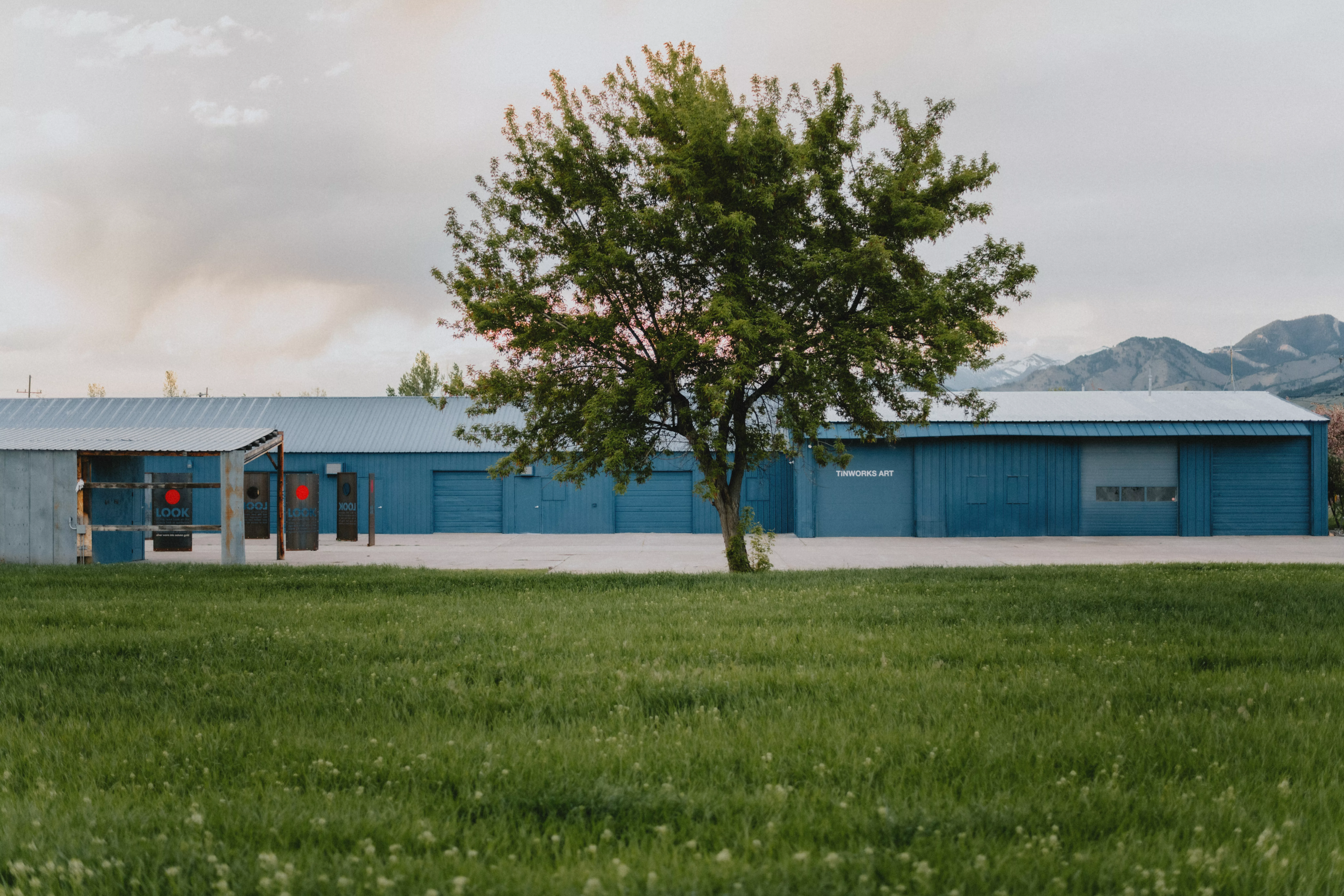
Besides Wheatfield—An Inspiration. The Seed is on the Ground, Tinworks will exhibit Denes’ 1969 manifesto and a digital slideshow of the history of her ecological work. A flag the artist first showed at the Tate Britain in London in 2021 titled The Future is Fragile, Handle with Care (2021)—a work that responds to climate change—will also be exhibited on site.
Wheatfield—An Inspiration. The Seed is on the Ground is the first stateside iteration of Wheatfield since the original in 1982. The artist reprised the work for the second time in London in 2009 as part of the Barbican’s Radical Nature exhibition, and revisited it a third time in Milan in 2015 in collaboration with the curator Massimiliano Gioni and the Fondazione Nicola Trussardi.
This year, an iteration of Wheatfield was also a centrepiece of the Art Basel fair in Switzerland, titled Honouring Wheatfield—A Confrontation (2024). The Swiss adaptation was sited across 1,000 square metres of the Messeplatz, where pallets of dirt and seeds will submerge the concrete plaza as a monitor shows Denes speaking about Wheatfield in 1982.
In an interview for In Focus: Basel, Denes tells curator Christian Viveros-Fauné that Wheatfield “needs to be repeated” in disparate sites around the world because people “absorb new knowledge differently.” Samuel Leuenberger, the founder of the nonprofit SALTS, who curated the presentation, adds, “Wheatfield speaks to people because it is easy to comprehend visually.”
Wheatfield—An Inspiration. The Seed is on the Ground, Tinworks, Bozeman, Montana, 15 June-19 October 2024.
Words by Gabriella Angeleti

